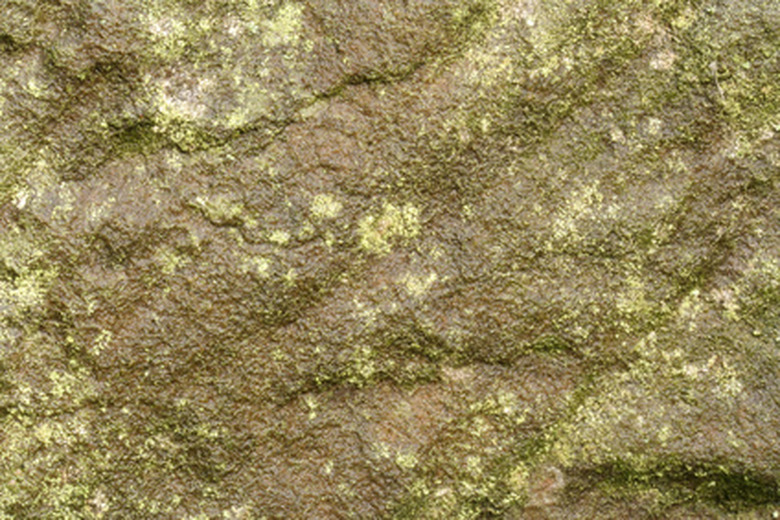Structural Characteristics Of Blue-Green Algae
Blue-green algae, the most primitive organisms in the plant world, are not actually "true" algae. Their structure makes them more like bacteria, and they are in fact classed as cyanobacteria, a large group of mostly phototrophic bacteria. Cyanobacteria cells are single-celled and therefore have a simpler structure than the multicellular eukaryotic cells of plants and animals.
Cyanobacteria Definition
Cyanobacteria Definition
Cyanobacteria are prokaryotic oxygenic phototrophs that contain a green pigment called chlorophyll and a blue photosynthetic pigment called phycobilins. Prokaryotic means they don't have a membrane-bound nucleus, mitochondria or other type of membrane-bound organelle (like true algae do). A phototroph is an organism that uses energy from the sun to synthesize organic compounds for food.
Cyanobacteria Structure
Cyanobacteria Structure
Cyanobacteria cells, which are typically one-tenth to one-twentieth the size of eukaryotic cells, are round in shape.
A typical cyanobacteria cell consists of an outer cellular covering, a cytoplasm and nucleic material. The outer cellular covering consists of a mucilaginous layer, which protects the cell from environmental factors, a complex, multi-layered cell wall made of polysaccharides and mucopeptides, and an inner living plasma membrane. These are the basics of cyanobacteria structure.
The cytoplasm has pigmented lamellae (membraneous folds) around its periphery, derived from plasma membrane. The pigments include chlorophylls, carotenes, xanthophylls, c-phycoerythrin and c-phycocyanin. C-phycoerythrin and c-phycocyanin are unique to blue-green algae.
The nucleoplasm, where the DNA is located, is made up of lots of threadlike fibers or filaments and is in the center of the cell. There is no nuclear boundary or nucleolus. The nucleoplasmic material scattered throughout the cell splits in two during the cell division process.
While cyanobacteria cells don't have organelles like mitochondria, chloroplasts, endoplasmic reticulum or golgi apparatus, which are all found in eukaryotic cells, they both have ribosomes. Ribosomes contain RNA (ribonucleic acid) and are responsible for protein synthesis. Ribosomes in cyanobacteria cells are approximately one-third smaller than ribosomes in eukaryotic cells, but they perform similar functions.
Cyanobacteria Characteristics
Cyanobacteria Characteristics
Defining cyanobacteria characteristics are a tolerance of extreme conditions and an ability to exist without vitamins. They use phosphorus, iron and other micronutrients, and ammonia or nitrate as a nitrogen supply. Some types of cyanobacteria are filamentous and don't need sunlight. Instead, they grow in the dark, relying on sugar from glucose or sucrose as a carbon and energy source.
Cyanobacteria do not reproduce by mitosis, like eukaryotic cells do. The cyanobacteria cell lengthens and the DNA replicates. The chromosome pulls apart, and one cell splits into two cells in a process called binary fission.
Cite This Article
MLA
Gillespie, Claire. "Structural Characteristics Of Blue-Green Algae" sciencing.com, https://www.sciencing.com/structural-characteristics-bluegreen-algae-7362287/. 19 August 2018.
APA
Gillespie, Claire. (2018, August 19). Structural Characteristics Of Blue-Green Algae. sciencing.com. Retrieved from https://www.sciencing.com/structural-characteristics-bluegreen-algae-7362287/
Chicago
Gillespie, Claire. Structural Characteristics Of Blue-Green Algae last modified March 24, 2022. https://www.sciencing.com/structural-characteristics-bluegreen-algae-7362287/
